What are Slings
Slings are vital tools in material handling, used across various industries for lifting, pulling, and positioning heavy loads. They come in different forms, such as straps, ropes, chains, or wire cables, designed to be durable and strong enough to handle the weight and stress of the objects they move. These tools are essential for construction sites, manufacturing plants, warehouses, and any setting where heavy lifting is a constant requirement.
The mechanics behind slings involve distributing the weight of a load across the material of the sling itself. This distribution allows for safer and more controlled handling of heavy items. The sling is typically attached to a lifting device, such as a crane or hoist, and then wrapped around or hooked to the object being moved. The design of slings ensures that they can securely grip the load without causing damage, all while withstanding the forces applied during lifting or pulling.
Slings are manufactured with safety in mind, adhering to strict industry standards. They must be capable of enduring not just the weight but also the movements and potential abrasive forces they encounter during operations. It's also important for users to choose the appropriate type of sling based on the nature of their tasks and the characteristics of the load—such as weight, shape, and sensitivity—to ensure successful and secure handling.
Types of Slings
Within the realm of material handling equipment, there are several types of slings, each with specific features suited for particular applications:
Chain Slings: These are extremely durable and suitable for conditions where there might be exposure to high temperatures or sharp edges that could damage softer sling materials. Chain slings are often used in foundries and steel mills.
Wire Rope Slings: Known for their flexibility and strength, wire rope slings are commonly used in industries such as construction and shipping. They can withstand abrasive surfaces and heavy loads but require careful inspection for wear and tear due to their braided wire construction.
Nylon and Polyester Web Slings: These are versatile and can protect delicate loads from damage thanks to their wide, flat surface area that distributes pressure. They're used in various settings from machinery moving to rigging services in entertainment production.
Round Slings: Encased in a protective jacket, round slings offer exceptional strength-to-weight ratios and flexibility. They're ideal for lifting polished or fragile loads since they're less likely to cause scratching or denting.
Mesh Slings: Typically made from wire mesh, these slings allow for a secure grip when loads contain irregular shapes or sizes. They're also useful for ventilation when handling hot materials.
How to choose Slings
Selecting the right slings for your business operations involves careful consideration of several factors. The nature of your loads—whether they're rough-edged, hot, delicate, or standard—is paramount when determining the type of sling needed. Chain slings might be suitable for rugged conditions where durability against high temperatures and sharp edges is required. Conversely, if you're dealing with polished or sensitive objects that need protection from marks or dents during lifting, nylon or polyester web slings would be more appropriate due to their wider contact surface area.
Another crucial aspect is the weight capacity; all slings have a maximum load limit which must not be exceeded to maintain safety standards. It's important to assess the average weight of items being handled in your operation to choose a sling with an appropriate safety factor.
Lastly, consider the working environment; factors such as exposure to chemicals or UV light can degrade certain materials over time. For instance, polyester has better resistance to some chemicals than nylon does. Always ensure that the sling material is compatible with your working conditions.
Best Slings on Alibaba.com
Alibaba.com is a comprehensive marketplace serving businesses across the globe by providing access to a vast array of products necessary for various industries, including an extensive selection of slings for lifting and rigging purposes. With options encompassing chain slings for high-temperature environments to soft yet strong webbing slings ideal for protecting delicate materials during transport, Alibaba.com serves as an essential resource for sourcing material handling solutions.
A key advantage when purchasing through Alibaba.com is the sheer variety available at your fingertips—from customizable color options ensuring workplace safety through visibility, to multiple material choices tailored to specific handling needs. Whether it's stainless steel endurance or polyester flexibility you're after, suppliers on Alibaba.com can meet a wide range of requirements.
Moreover, Alibaba.com's commitment to facilitating seamless international trade is evident through services like Trade Assurance which helps ensure buyer protection up until delivery completion. By connecting buyers with reliable suppliers worldwide and offering user-friendly mobile buying features alongside localized communication options, Alibaba.com stands out as a platform not just for transactions but also as a partner in business growth and operational excellence.
Common FAQs for Slings
What materials are slings made from?
Slings can be made from a variety of materials including chain, wire rope, nylon, polyester, and more. The choice of material typically depends on the application and environmental conditions.
How do I determine the right type of sling for my operation?
Consider the weight, shape, and delicacy of the loads you will be lifting, as well as the environmental factors such as exposure to heat or chemicals. Each type of sling has different properties suited to different conditions.
What safety standards apply to slings?
Slings must comply with various industry standards which dictate manufacturing quality, safety, and performance criteria. These standards can vary depending on the country and type of sling.
How do I maintain and inspect slings?
Regular inspections for signs of wear, damage, or degradation are crucial. Maintenance often involves proper storage, cleaning, and following the manufacturer's guidelines for care.
Can slings be repaired if damaged?
Some slings can be repaired if they suffer minor damage, but this should only be done by qualified professionals. Severely damaged slings should be removed from service immediately.
What is the typical lifespan of a sling?
The lifespan of a sling depends on its material and how frequently it is used, among other factors. Proper care and regular inspections can extend a sling's service life.
Are there customizable options for slings?
Many suppliers offer customizable options for slings such as length, width, capacity, and even color to meet specific operational needs or to comply with safety protocols.
How important is sling color in operations?
Sling color can be very important as it often indicates the lifting capacity and helps in quick identification during operations. Certain colors may also improve visibility for safety.
What is the significance of sling capacity ratings?
Capacity ratings are critical as they indicate the maximum load a sling can safely handle. Exceeding these limits can result in equipment failure and accidents.
Can I use a single type of sling for all my lifting needs?
It's unlikely that a single type of sling will be suitable for all lifting needs due to variations in load types and conditions. It's important to evaluate each lifting situation individually.
What should I do if my sling shows signs of wear or damage?
If a sling shows signs of wear or damage, it should be inspected by a competent person to determine if it is still fit for use or needs to be taken out of service.
Are there specific storage conditions for slings?
Yes, slings should be stored away from extreme temperatures, direct sunlight, sharp objects, corrosive substances, and other conditions that could cause damage.
Can I use knots in slings to shorten them or adjust for loads?
Knotting slings is generally not recommended as it can significantly weaken the material and compromise its integrity. Use manufacturer-approved methods for adjusting sling length.

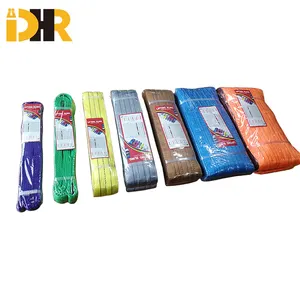
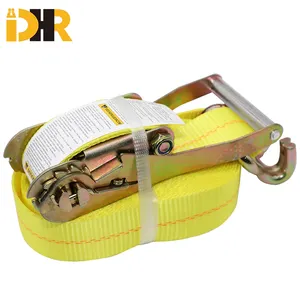





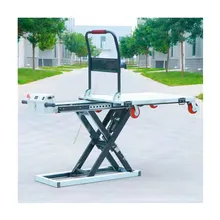
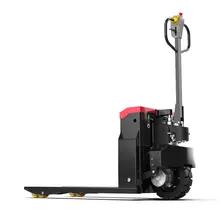
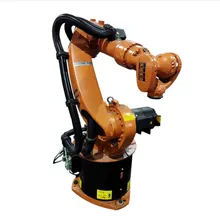


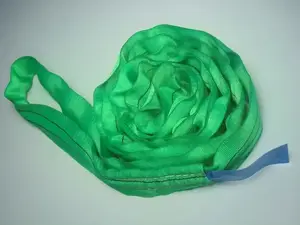
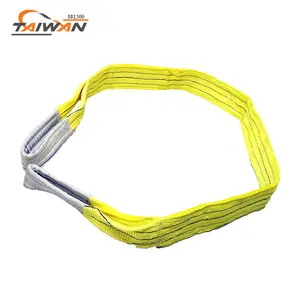
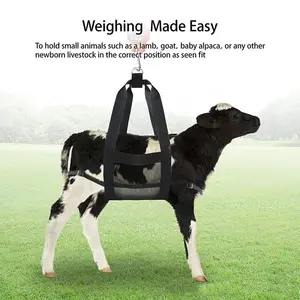


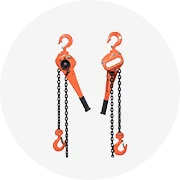
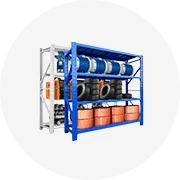
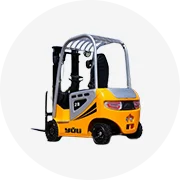








 浙公网安备 33010002000092号
浙公网安备 33010002000092号 浙B2-20120091-4
浙B2-20120091-4